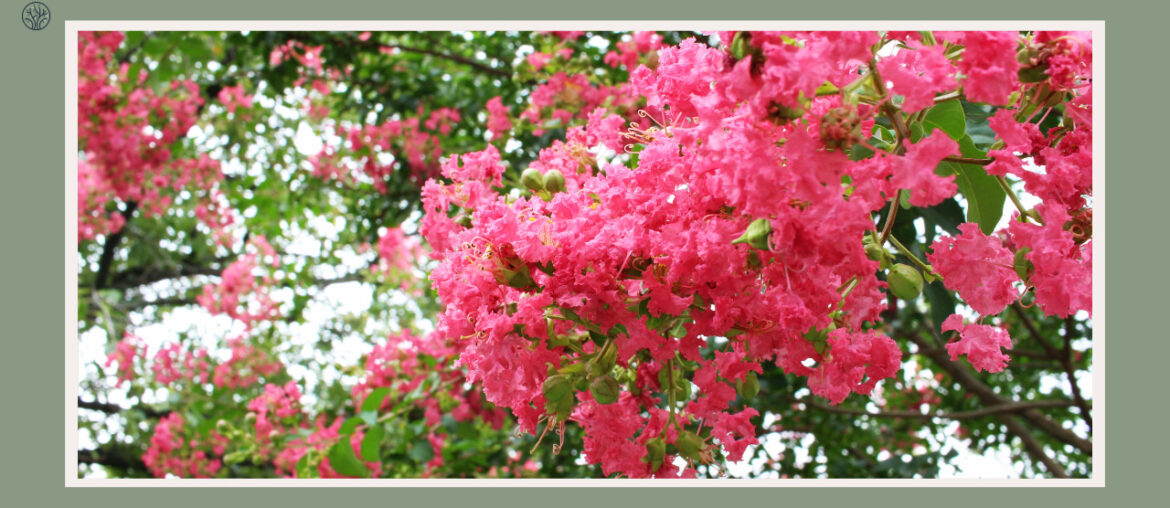Trees with pink leaves are not a common sight, and they are definitely worth seeing. These trees are not only eye-catching but also intriguing and diverse. In this blog, we will go through some of the most interesting and unique trees with pink leaves that exist in nature. We will also give you some information on how to grow and care for these trees in your own garden or landscape.
Eastern Redbud
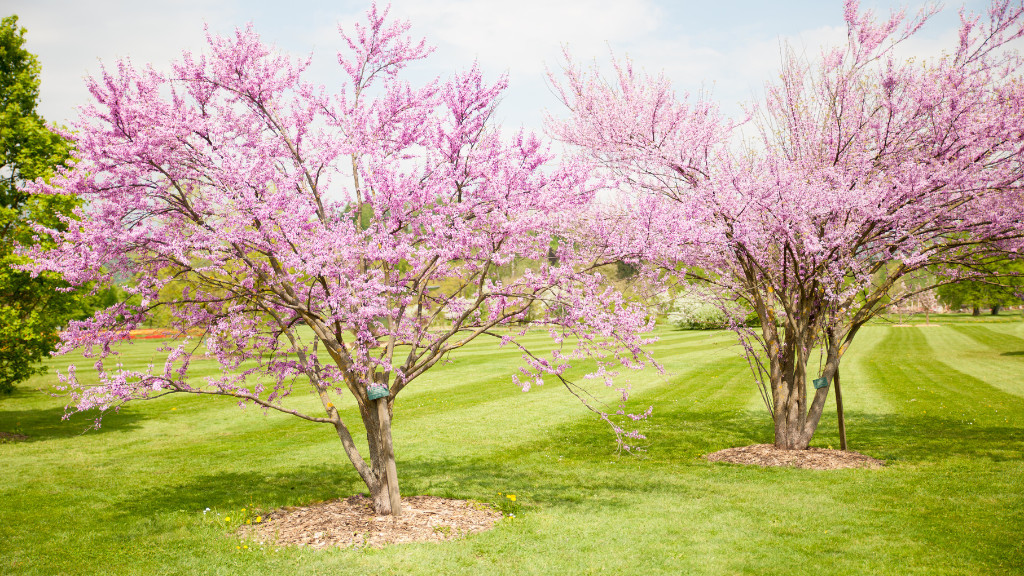
The Eastern Redbud, scientifically known as Cercis canadensis, is a tree that captivates the eye during both spring and summer. It’s a native of eastern North America and is particularly famous for its heart-shaped leaves and vibrant pink to magenta flowers that bloom in early spring. These features make it a popular choice for both ornamental and ecological purposes.
- Botanical Name: Cercis canadensis
- Leaf Color: The Eastern Redbud starts its life cycle with leaves that are a beautiful shade of pink.
- Origin: Originating from eastern North America, this tree has adapted well to various soil types found in this region.
- Unique Features: What sets the Eastern Redbud apart are its heart-shaped leaves and the stunning display of pink to magenta flowers that appear in early spring.
- Growth Conditions: It prefers well-drained soils but can tolerate a range of soil types. As for sunlight, the tree is versatile, thriving in both full sun and partial shade.
- Height: In terms of size, the Eastern Redbud is a moderately sized tree, generally reaching heights of about 20-30 feet.
The Eastern Redbud is more than just a pretty face; it’s a hardy tree that requires minimal maintenance. Its adaptability to different soil types and light conditions makes it a favorite among both novice and experienced gardeners.
Flowering Crape Myrtle
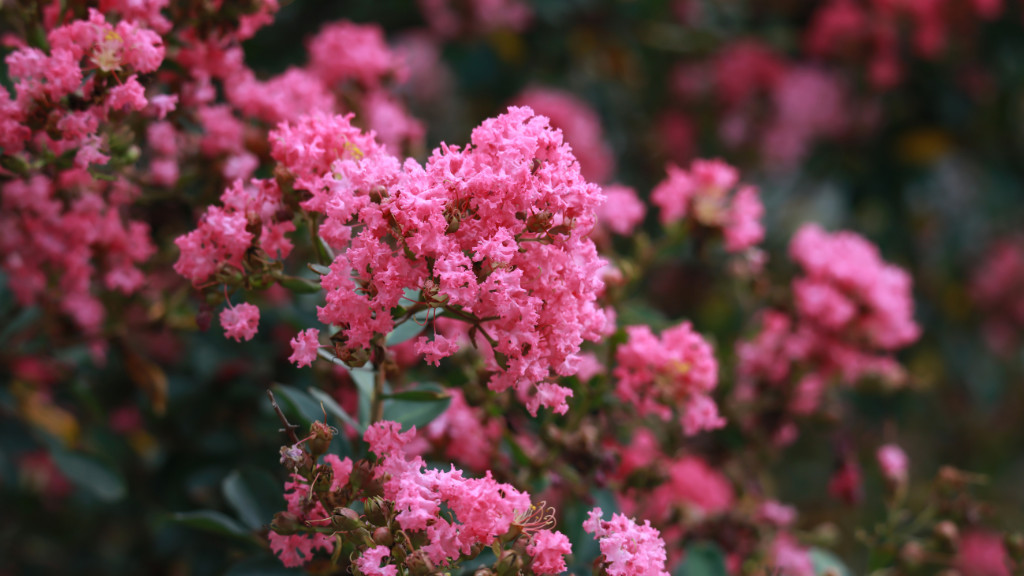
The Flowering Crape Myrtle is a showstopper in any garden setting. Originating from Asia, this tree has long-lasting, vibrant blooms that range from pink to purple and even red.
- Botanical Name: Lagerstroemia indica
- Leaf Color: The leaves are generally green but can turn shades of orange and red in the fall.
- Origin: Native to Asia, particularly China and Korea, but has become a staple in many American gardens.
- Unique Features: The tree is famous for its stunning, long-lasting blooms that appear from late spring through fall. Unlike the Pink Mimosa Tree which produces great fragrance, the Crape Myrtle’s flowers do not have a good smell and are often used in arrangements and as garden highlights.
- Growth Conditions: Prefers full sun and well-drained soil. It’s also drought-tolerant, making it a low-maintenance choice.
- Height: Typically grows to a height of 15-25 feet, depending on the variety and growing conditions.
The Flowering Crape Myrtle is a versatile tree that can be trained into various forms, from shrubs to standard trees, making it a flexible choice for landscaping. Its resistance to drought and preference for full sun make it an ideal candidate for gardens in warmer climates.
Pink Bodhi Tree
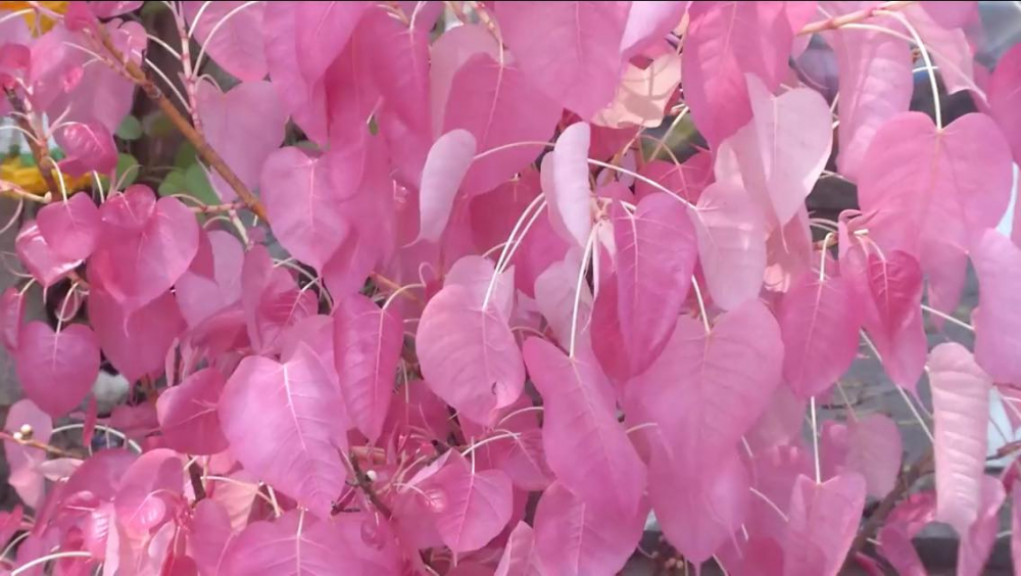
The Pink Bodhi Tree, or Ficus religiosa, is not just a tree but a symbol of enlightenment in several cultural traditions. Native to India and Sri Lanka, this tree is often found near temples and is considered sacred in Buddhism.
- Botanical Name: Ficus religiosa
- Leaf Color: Large, heart-shaped leaves that turn a beautiful pink color in the fall.
- Origin: Native to India and Sri Lanka.
- Unique Features: The tree is a sacred symbol in Buddhism and grows near temples. Its large, heart-shaped leaves are its defining feature.
- Growth Conditions: Prefers well-drained, loamy soil and can tolerate a wide range of pH levels.
- Height: Can grow up to 100 feet, depending on conditions.
The Pink Bodhi Tree is more than just a plant; it’s a piece of cultural and spiritual history. Its large, heart-shaped leaves turn a mesmerizing shade of pink in the fall, adding not just color but also a sense of serenity to any space it inhabits.
Flowering Dogwood
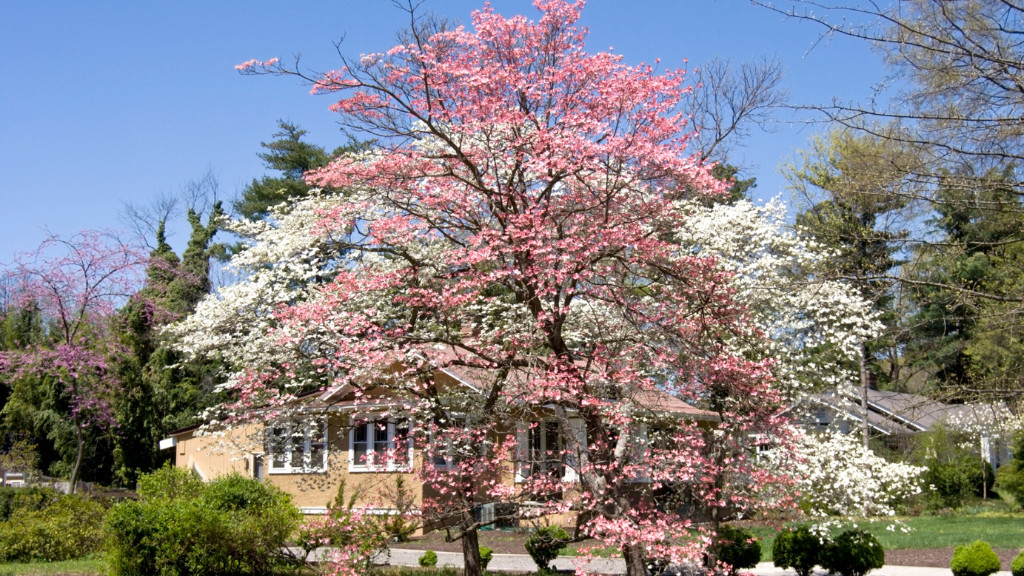
The Flowering Dogwood and its botanical name is Cornus Florida. This is a small deciduous tree native to eastern North America. It’s particularly famous for its showy pink or white flowers that bloom in early spring.
- Botanical Name: Cornus Florida
- Leaf Color: Green leaves that turn an attractive red in the fall.
- Origin: Native to eastern North America.
- Unique Features: Has showy pink or white flowers and red fruits.
- Growth Conditions: Prefers acidic, well-drained soil and partial shade.
- Height: Usually grows to about 15-30 feet.
The Flowering Dogwood is a four-season tree, offering spring and summer flowers, fall foliage, and winter bark. It’s a popular choice for both ornamental and wildlife gardens, as its berries provide food for native wildlife.
Staghorn Sumac
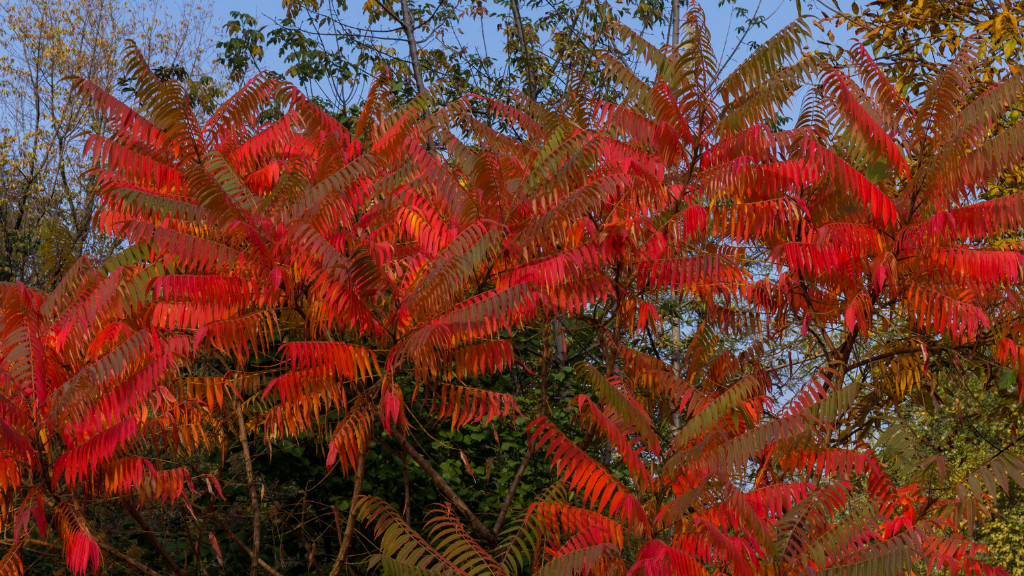
Staghorn Sumac, or Rhus typhina, is a deciduous shrub or small tree that’s native to eastern North America. It’s named for the velvety texture and shape of its horns, which resemble that of a stag.
- Botanical Name: Rhus typhina
- Leaf Color: Green leaves that turn shades of pink, scarlet, yellow, and orange in the fall.
- Origin: Native to eastern North America.
- Unique Features: Known for its striking fall foliage, fern-like leaves, and red fruit clusters.
- Growth Conditions: Extremely adaptable, tolerating poor soil and drought conditions.
- Height: Grows up to 15-25 feet, depending on conditions.
Staghorn Sumac is a hardy plant that’s easy to care for, making it a great choice for novice gardeners. Its vibrant fall foliage and unique fruit clusters add a splash of color to any landscape.
Tricolor Beech
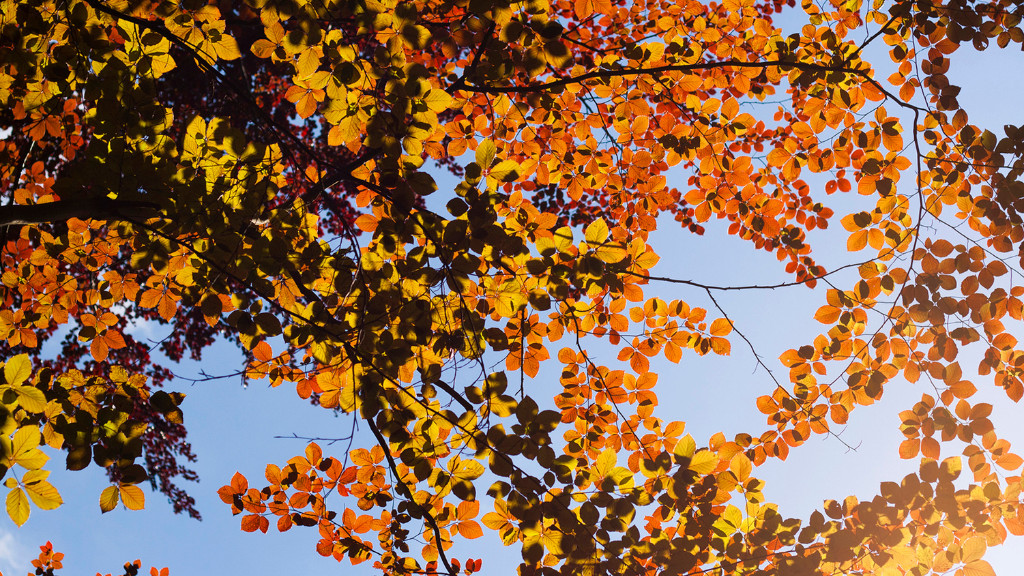
The Tricolor Beech is a deciduous tree that stands out for its variegated leaves. Native to Europe, this tree has found its way into gardens around the world due to its unique beauty.
- Botanical Name: Fagus sylvatica ‘Roseomarginata’
- Leaf Color: Variegated leaves featuring green, white, and shades of pink.
- Origin: Native to Europe but has been introduced to North America.
- Unique Features: Known for its variegated leaves and slow growth rate, making it a unique focal point in any garden.
- Growth Conditions: Prefers full sun but will tolerate partial shade. Not well-suited for wet or poorly drained soils.
- Height: Grows to about 40 feet tall and 30 feet wide.
The Tricolor Beech is a slow-growing tree, which allows gardeners to truly savor its beauty. Its variegated leaves make it a standout, and its adaptability to different light conditions makes it a versatile choice for any garden. Remember that Tricolor Beech does not naturally produce black leaves so if your tree’s leaves have an odd color, you might need to inspect further.
Chinese Toons (Chinese Cedar)
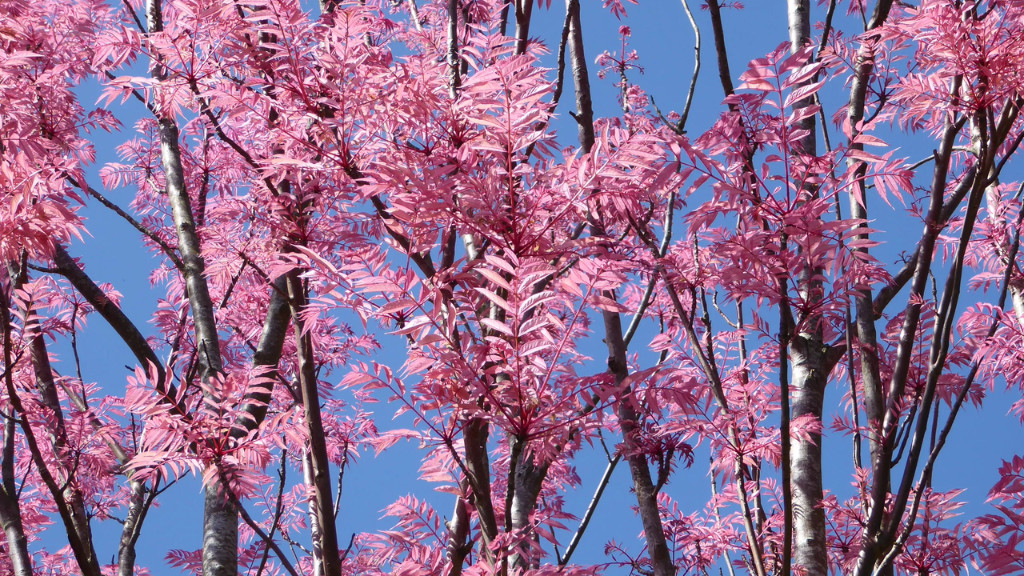
The Chinese Toons, also known as Chinese Cedar or Toona sinensis, is a tree that’s as useful as it is beautiful. Native to China, Taiwan, and Japan, this tree is often used for timber but is also celebrated for its pink leaves.
- Botanical Name: Toona sinensis
- Leaf Color: Young leaves are often pink and mature to a green color.
- Origin: Native to China, Taiwan, and Japan.
- Unique Features: It has reddish-brown heartwood and its culinary uses in addition to its ornamental value.
- Growth Conditions: Prefers well-drained soil and full sun.
- Height: Can grow up to 40-50 feet tall.
The Chinese Toons is not just an ornamental tree; its young leaves are used in various Asian cuisines. Its dual purpose—both culinary and ornamental—makes it a unique addition to any garden or landscape.
Japanese Maple Pink Leaves
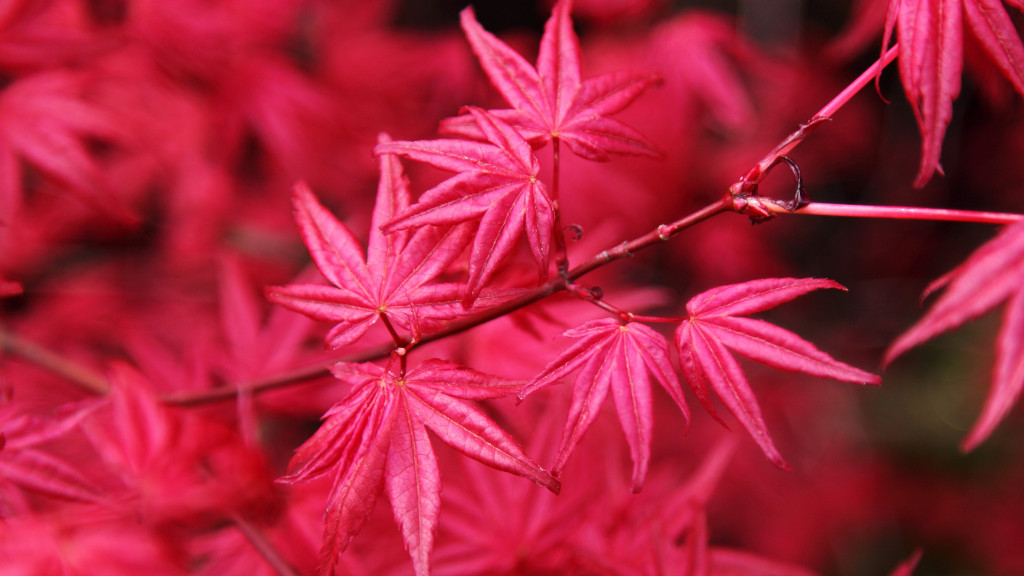
The Japanese Maple with pink leaves, Acer palmatum ‘Atropurpureum,’ is a medium-sized deciduous tree that offers a stunning display of color throughout the seasons.
- Botanical Name: Acer palmatum ‘Atropurpureum’
- Leaf Color: Eye-catching purple and pink foliage in spring, transitioning to red and white in autumn.
- Origin: Native to Japan.
- Unique Features: Known for its vibrant foliage and four-season interest.
- Growth Conditions: Best in full sun to partial shade and medium-moist, well-drained soils.
- Height: Typically matures to 15-20 feet tall.
The Japanese Maple is a popular choice for gardens of all sizes due to its striking foliage and relatively compact size. It’s a tree that promises year-round interest, making it a worthy investment for any garden.
Spindle
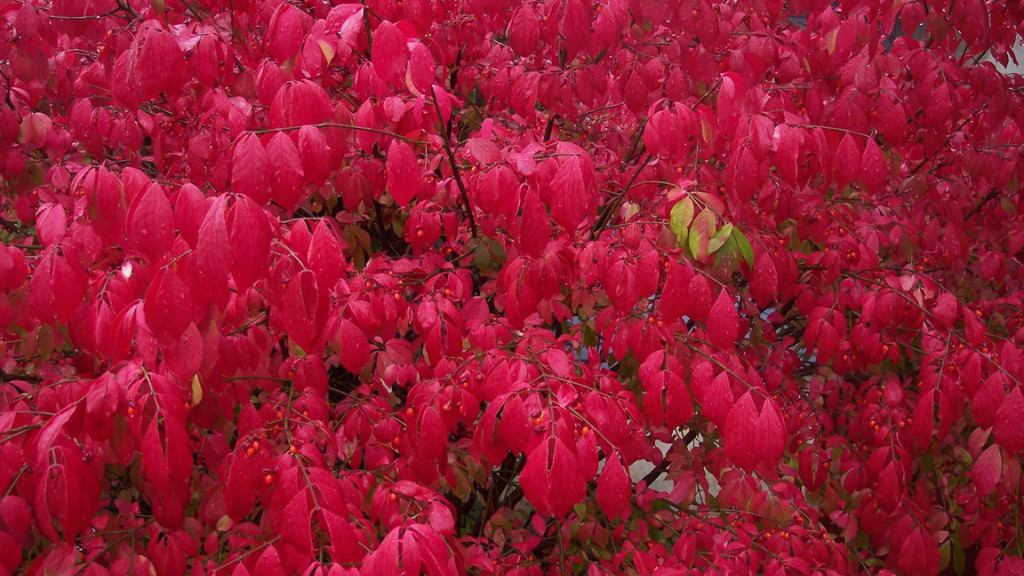
The Spindle tree, or Euonymus europaeus, is a small tree native to Europe and Asia. It’s particularly known for its pinkish-red leaves and its tolerance to cold weather.
- Botanical Name: Euonymus europaeus
- Leaf Color: Distinctive pinkish-red leaves.
- Origin: Native to Europe and Asia.
- Unique Features: Has colorful leaves and small thorns covering its branches.
- Growth Conditions: Tolerant of a wide range of soil types and weather conditions, including cold temperatures.
- Height: Usually grows up to 9-15 feet.
The Spindle tree is often used as an ornamental plant due to its colorful leaves and its ability to withstand cold temperatures. Its small thorns add an extra layer of interest, making it a unique choice for any garden.
FAQs
What Chinese Tree Has Pink Leaves?
A Chinese tree with pink leaves is the Chinese Toons, scientifically known as Toona sinensis. This tree is recognized for its young leaves that often display a lovely pink hue, which gradually transitions to a rich green as they mature. The Chinese Toons is a versatile tree, celebrated for both its ornamental value and its culinary uses.
Are There Any Plants With Pink Leaves?
Yes, several plants and trees have pink leaves. Pink foliage can be found in various species, adding vibrant color to gardens and landscapes. Some plants have naturally pink leaves, while others develop pink leaves during specific seasons.
Do Pink Flowering Trees Exist?
Yes, pink flowering trees are not only real but also a breathtaking addition to gardens. Trees like the Eastern Redbud and Flowering Dogwood are renowned for their showy pink or pink-tinged flowers. There are even trees with black leaves like Crimson King or Crape Myrtle.
Do the Cherry Tree, Mimosa Tree, and Pink Dogwood Tree Have Pink Leaves?
The Cherry Tree, Mimosa Tree, and Pink Dogwood Tree are famous for their pink flowers rather than pink leaves. The Cherry Tree, for instance, is famous for its cherry blossoms, which are usually pink or white. The Mimosa Tree has pink, feathery flowers but green leaves. The Pink Dogwood Tree, on the other hand, has green leaves and is known for its pink or white flowers that give the appearance of petals.
Does the Flowering Almond Tree Have Pink Leaves?
The Flowering Almond Tree is known for its stunning pink flowers that bloom in the spring, but its leaves are generally green. The focus of this tree is more on its beautiful, fragrant blossoms rather than the color of its leaves.
Do Cherry Trees Have Yellow Flowers?
Cherry trees do not have yellow flowers. They are most famous for their pink or white blossoms that appear in the spring. The iconic cherry blossoms are a symbol of the fleeting beauty of life in many cultures and are the subject of numerous festivals, particularly in Japan.

